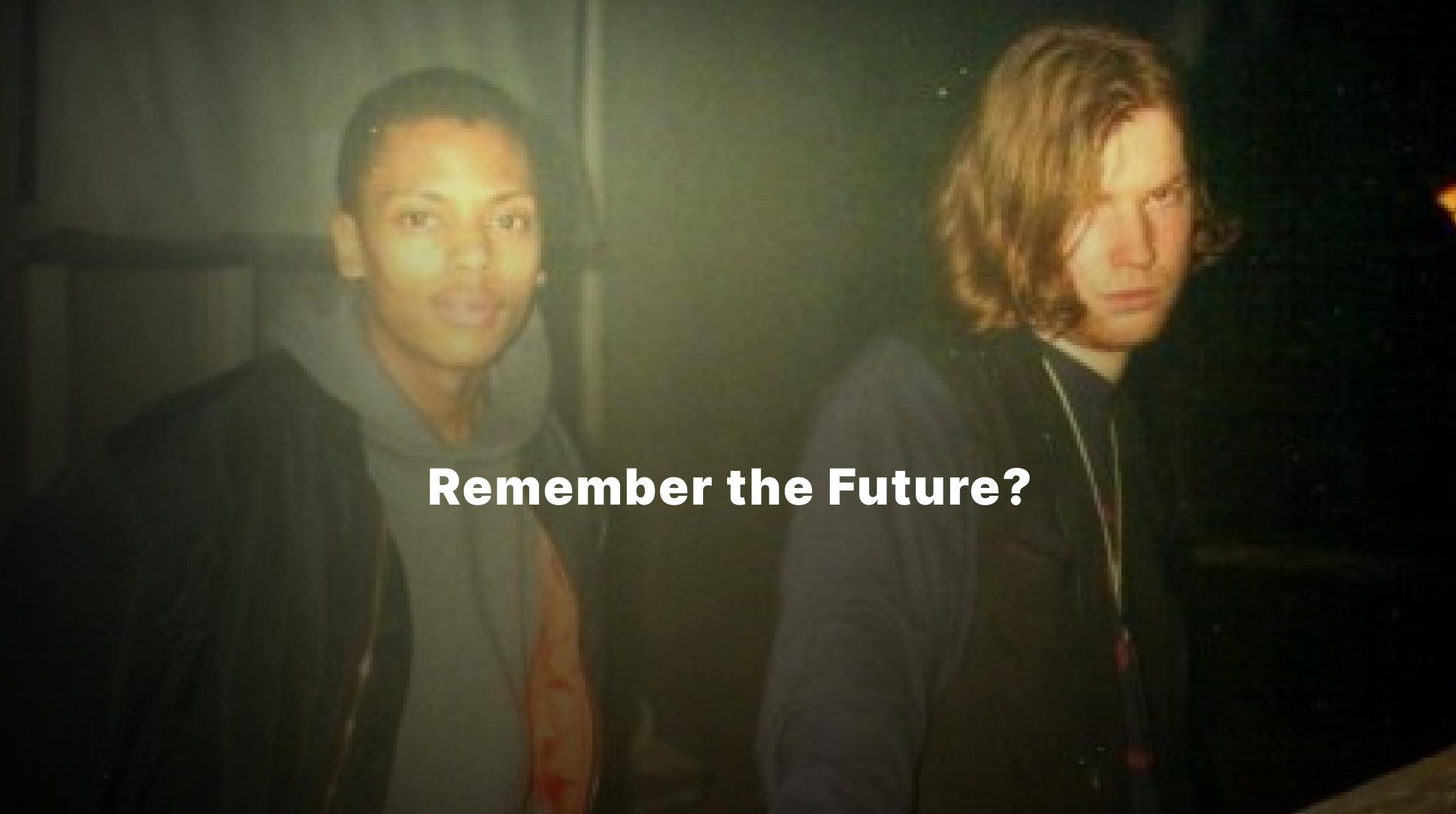Hey, what's up everybody this is Jake T. with Minimal Audio, and we're back at it again with another blog! Today we'll be discussing one of my favorite topics on the planet. Techno. Specifically, it's origins in the underground.
Late summer in LA is a weird time. As much as you get used to the heat it seems like it just gets worse and worse. I was in a warehouse downtown, baking at a soundcheck for a show I was playing that night. I was milling about doing what people do at sound checks (talking to other artists/avoiding the promoter) when I struck up a conversation with one of the other performers.
He was a student at a prestigious art school, studying electronic music. We were talking about different genres, and eventually, techno was brought up. He said something to the effect of "techno is from Germany", and my heart sank to the floor. I was staring at the next generation of electronic musician and they were completely ignorant of the history of their own medium. I didn't school anyone then, but I'm schooling everyone now. Let's talk about the origins of the premier futurist genre.
Somewhere in Detroit...
Techno is Black American music. There's no debate on this topic. Techno and House music have long suffered historical revisionism, so it's necessary to state plainly at the beginning of any conversation about the two genres: Dance music as we know it originated in the mid-1980s American Midwest by young black musicians looking to make a new kind of music.
What became known as techno emerged from the streets of Detroit. Inspired by the industrial landscape of the city; its brutal architecture is as synonymous with the sound of the genre as any of its musical influences. Rugged, cold, steel for many this was the sound of the future. Pioneers of the genre began experimenting to create rhythmically complex compositions meant to entice the listener into its world.
Led by the Belleville Three – Juan Atkins, Kevin Saunderson, and Derick May laid the foundation for techno with tracks like "Clear" by Cybotron and "Alleys of Your Mind" by Model 500. These early tracks combined driving rhythms, hypnotic melodies, and futuristic synth lines, creating a sound that was both otherworldly and irresistibly danceable.
The Second Wave
As techno began to take hold of the city of Detroit, one of its most iconic voices began to form.
Founded in the late 1980s by Jeff Mills, Mike Banks, and Robert Hood, Underground Resistance emerged as an undeniable force in the scene. They became known for their distinctive sound, which fused elements of electronic music with social and political messages, often challenging issues like racial inequality and economic disparity.
UR's music and ethos are deeply rooted in Detroit's urban landscape and its struggles. They've been influential in shaping the sound and direction of techno music, inspiring countless artists worldwide. While primarily known for their music, Underground Resistance also embodies a broader cultural movement, advocating for social justice and empowerment through their art and activism.
The Mid-90s
Perhaps one of the most important voices in techno is Jeff Mills. A member of Underground Resistance; Mills helped to cement its cold rugged sound. It was in the mid-1990s Mills embarked on a solo career, establishing himself as a prolific producer, DJ, and label owner. He released a string of groundbreaking albums and EPs, including "Waveform Transmission Vol. 1" (1992) and "Axis: Archives" (1995), which further solidified his status as an icon.
As techno spread beyond Detroit, it found a home in the warehouses and clubs of Europe. In cities like Berlin, London, and Amsterdam, underground parties became the epicenter of a new cultural movement. DJs like Carl Cox, and Richie Hawtin pushed the boundaries of the genre, experimenting with new sounds and pushing the limits of what was possible.
The 1990s saw techno reach new heights of popularity, with iconic tracks like "Strings of Life" by Derrick May and "Spastik" by Plastikman (an alias of Richie Hawtin) becoming anthems of the underground scene. Festivals like Love Parade in Berlin and Awakenings in Amsterdam drew thousands of fans from around the world, announcing techno's status as a global phenomenon.
Techno would go on to innovate and evolve across the globe. As the genre became more international, regional sounds started to develop. Hardcore, dub-techno, acid techno, and minimal, all rose to prominence as the genre took over dance floors across the world.
Today, techno continues, with artists like VTSS, Varg, 1morning, Charlotte de Witte, and countless others keeping the genre alive. A testament to dance music's ability to unite and inspire.


